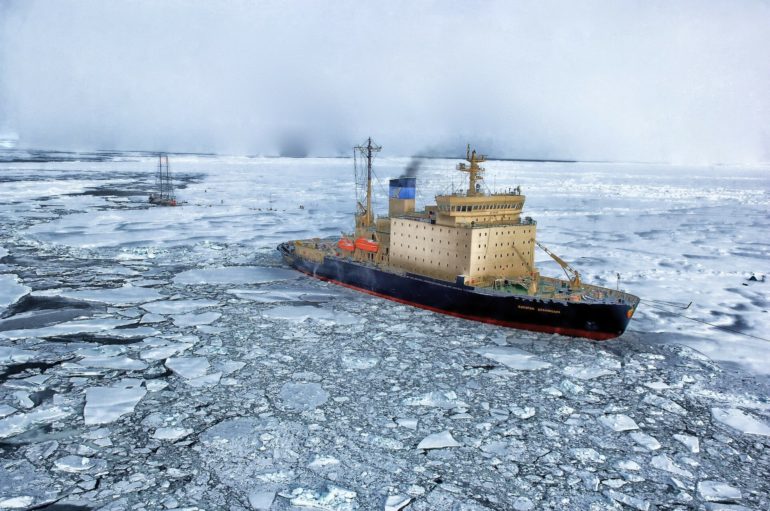Scientists at Stanford University have discovered a surprising shift in the Arctic Ocean. Exploding blooms of phytoplankton, the tiny algae at the base of a food web topped by whales and polar bears, have drastically altered the Arctic’s ability to transform atmospheric carbon into living matter. Over the past decade, the surge has replaced sea ice loss as the biggest driver of changes in uptake of carbon dioxide by phytoplankton.
The research appears July 10 in Science. Senior author Kevin Arrigo, a professor in Stanford’s School of Earth, Energy & Environmental Sciences (Stanford Earth), said the growing influence of phytoplankton biomass may represent a “significant regime shift” for the Arctic, a region that is warming faster than anywhere else on Earth.
The study centers on net primary production (NPP), a measure of how quickly plants and algae convert sunlight and carbon dioxide into sugars that other creatures can eat. “The rates are really important in terms of how much food there is for the rest of the ecosystem,” Arrigo said. “It’s also important because this is one of the main ways that CO2 is pulled out of the atmosphere and into the ocean.”
A thickening soup
Arrigo and colleagues found that NPP in the Arctic increased 57 percent between 1998 and 2018. That’s an unprecedented jump in productivity for an entire ocean basin. More surprising is the discovery that while NPP increases were initially linked to retreating sea ice, productivity continued to climb even after melting slowed down around 2009. “The increase in NPP over the…
